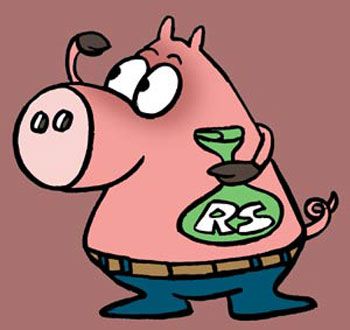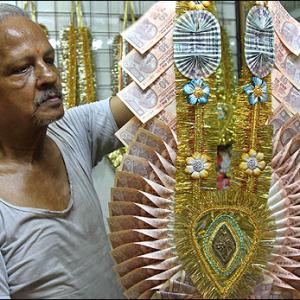 For longer tenure products, they offer higher returns compared to other instruments. But for shorter tenures, things are getting tighter for investors.
For longer tenure products, they offer higher returns compared to other instruments. But for shorter tenures, things are getting tighter for investors.
Despite the recent interest rate cuts in small savings schemes; they still remain attractive for retail investors. For the October-December quarter, the government has reduced interest rates by 10 basis points across the schemes.
The one-year fixed deposit now carries seven per cent interest rate. The returns on two, three, and five-year deposits are 7.1 per cent, 7.3 per cent and 7.8 per cent, respectively.
The short-term rates, up to two years, are almost on a par with those of all big banks. But in deposits over five years, small savings scheme scores.
SBI offers only seven per cent on fixed deposits above three years. Among private banks, ICICI Bank and HDFC have comparable rates compared to Small Savings Schemes for tenures less than five years. But for five years or more, these banks offer interest rates of 7.25 per cent.
However, newer banks like IDFC are offering lucrative rates at 8 per cent for one year, and for senior citizens it is 50 bps more across tenures. Bandhan Bank is even more aggressive with offers of 8.25 per cent for deposits of one-two years and 8 per cent for 3-5 years.
If you want to invest Rs 1 lakh for five years, an SBI FD will fetch you Rs 1,41,478 before taxes. You would get Rs 1,47,145 in a post office FD before taxes -- a difference of Rs 5,667. If an investor can afford to keep the money locked-in for five years, then he should look at National Savings Certificate that fetches eight per cent returns and also offer income tax deduction under Section 80C.
Special schemes for seniors (Senior Citizen Savings Scheme or SCSS) and for girl child (Sukanya Samriddhi) offer the highest interest rate of 8.5 per cent. The latter follows Exempt-Exempt-Exempt (EEE) tax regime, that is, there’s tax benefit on investment, accrual and the investor doesn’t need to pay tax on withdrawal, thereby taking the effective returns in double digits.
Most investors, however, would be disappointed by the rate cuts on the Public Provident Fund that offers eight per cent returns for the October-December quarter. But experts feel that they are still attractive in the current low-interest rate environment due to EEE tax benefits.
“Inflation is going down, so PPF can still fetch better real returns at eight per cent. If an individual does not exhaust the Section 80C limit with employee provident fund (EPF) and housing loan, he should definitely look at the instrument,” says Malhar Majumder, a certified financial planner.
But if you are unhappy with the new rate cuts, you can also look at voluntary provident fund, which enjoys the same tax benefits as the EPF. Last year interest rate on EPF was 8.8 per cent -- same as EPF.
“VPF looks more attractive as the resets on it is yearly and yields are higher. Also, a small portion of the corpus is invested in equities that can give better returns in the long term,” says Manoj Nagpal, CEO of Outlook Asia Capital.
Investment managers were expecting much higher revision in small savings schemes rates as these are now linked to government securities (G-Secs). But the government left the rates untouched in the July-September quarter and the current cuts are far lesser than the fall in G-Secs.
“The government doesn’t seem to be sticking to its own formula and the rate revisions seems subjective,” says Nagpal.
The PPF rate would have been around 7.5 per cent had the government stuck to its rate calculation methodology.









